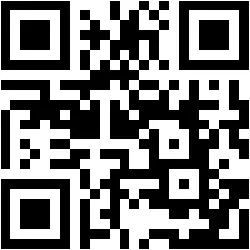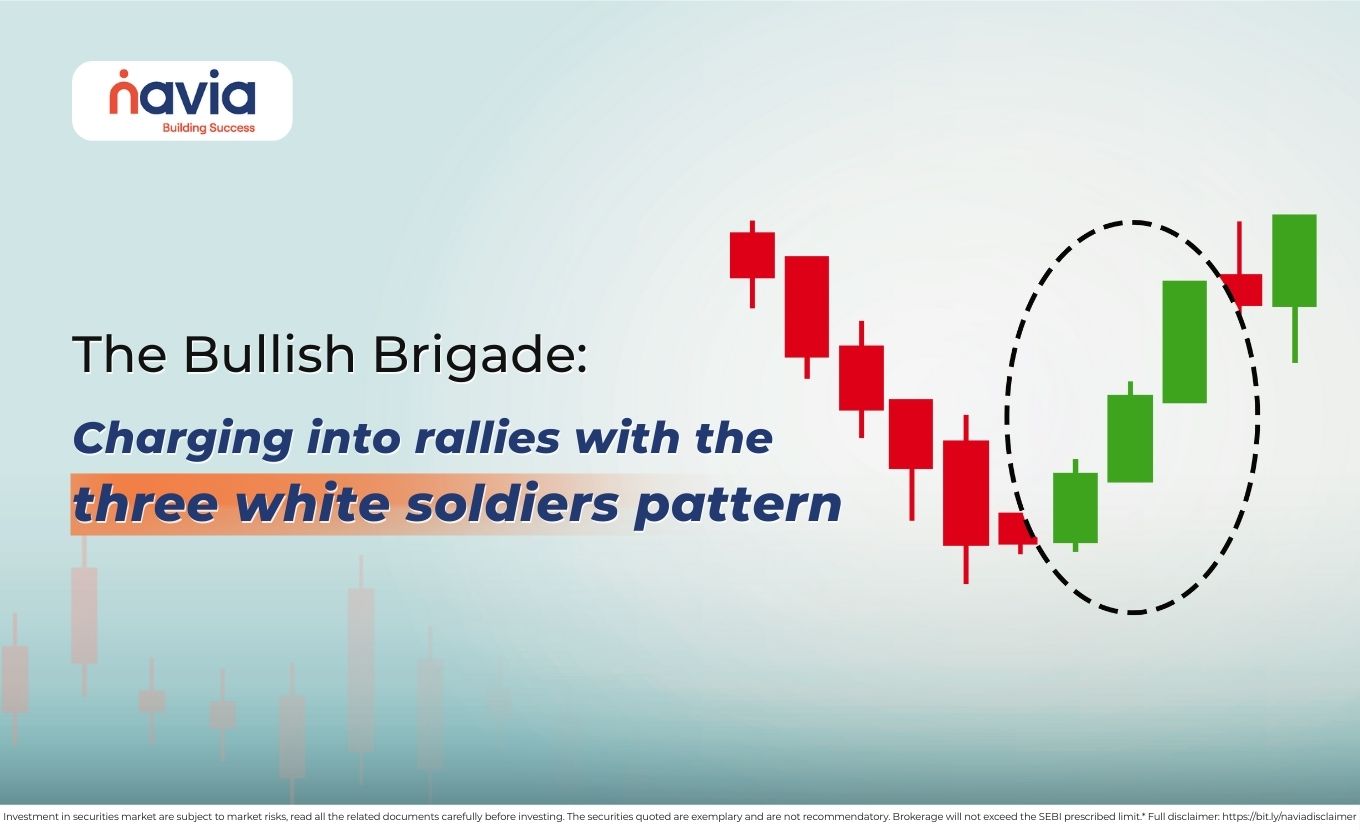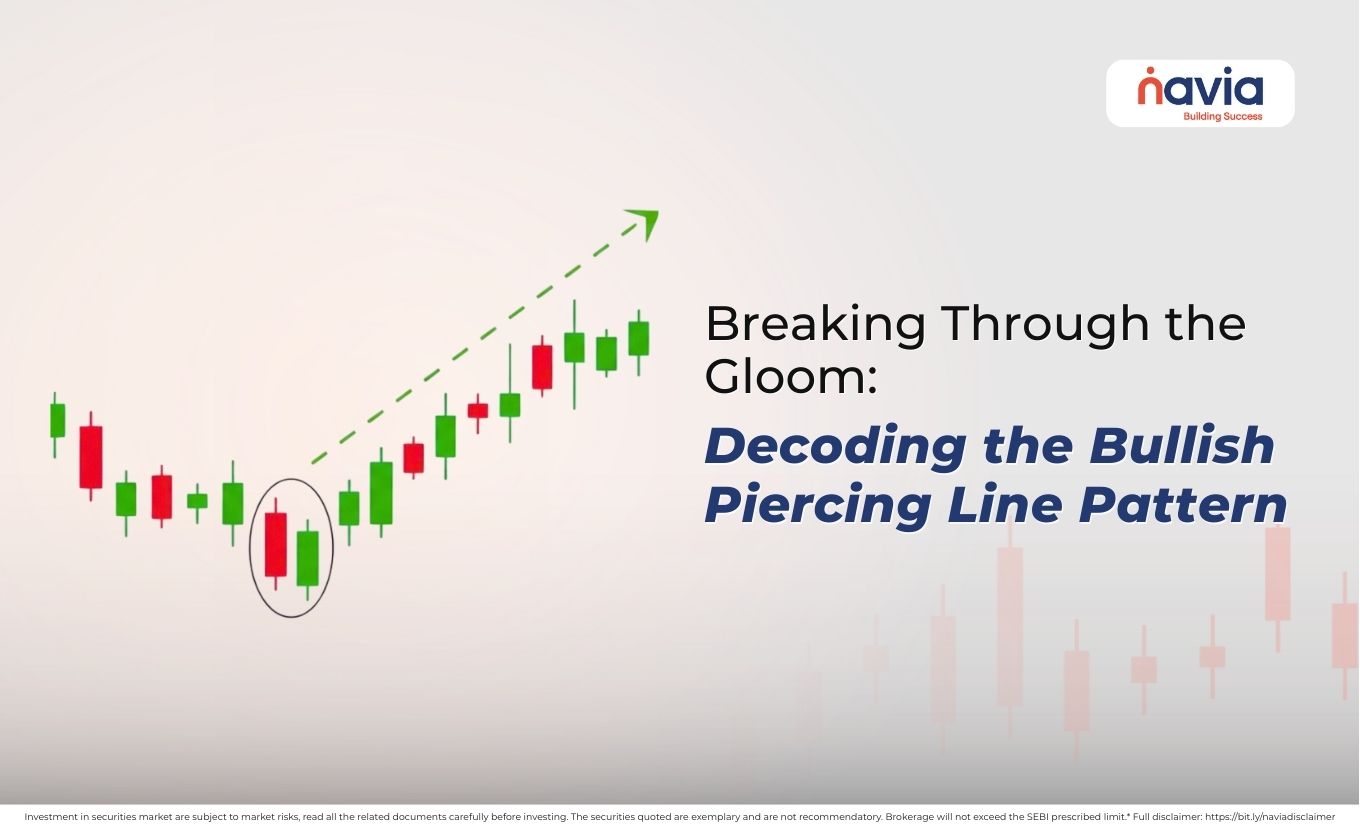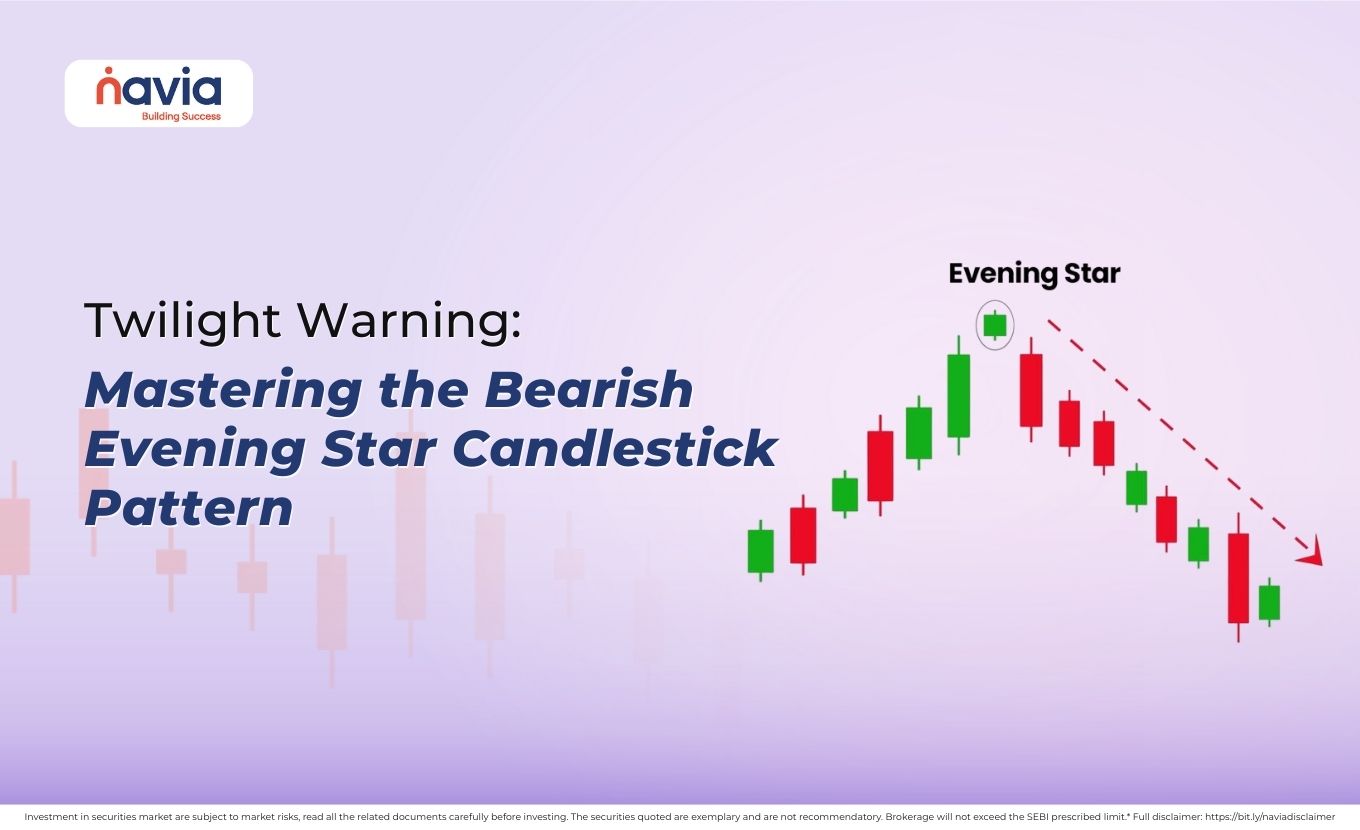Is Your Trading System Scalable? The Importance of Backtesting
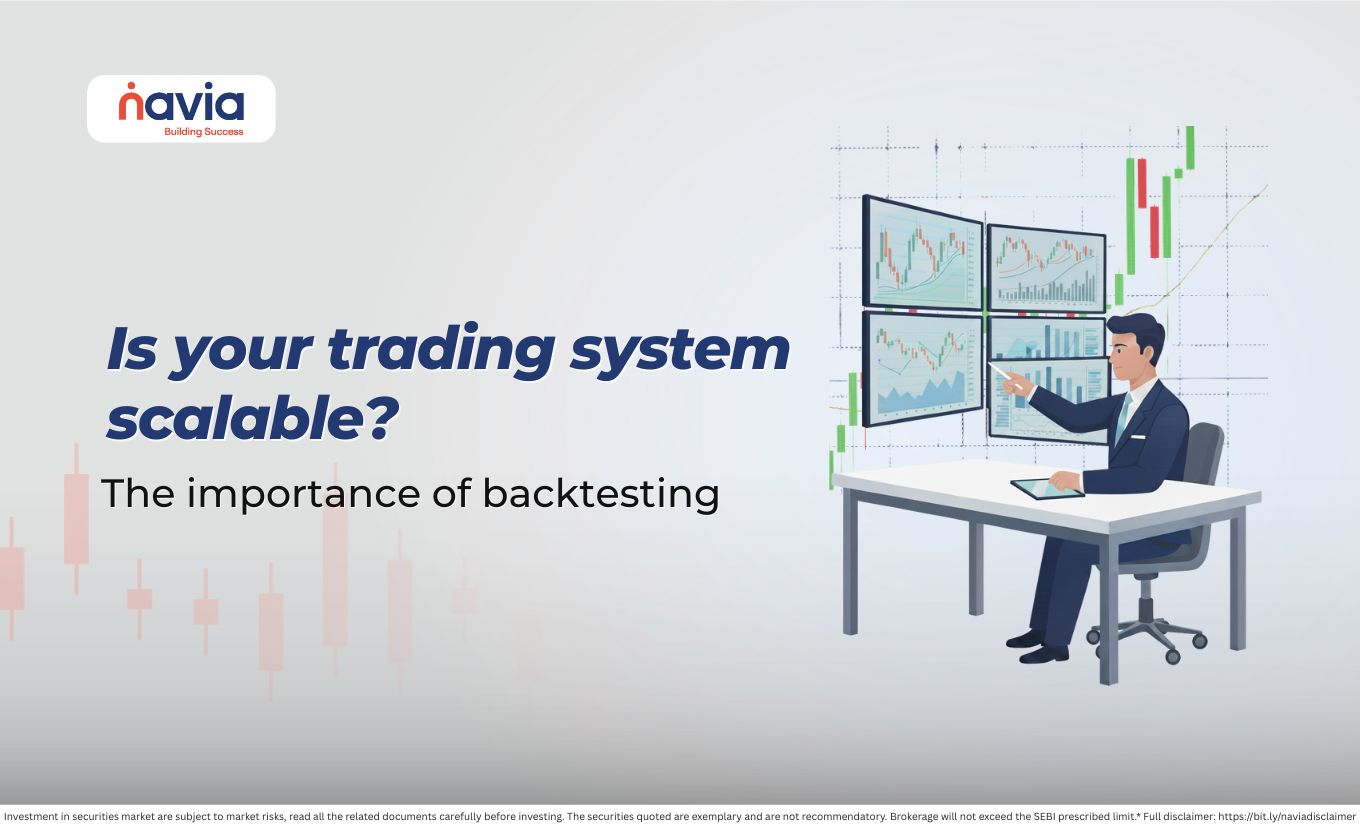
- What is Backtesting?
- How to Backtesting Trading Strategies?
- Avoiding the Common Backtesting Pitfalls
- Conclusion: The Path to Consistent Returns
- Frequently Asked Questions
Every day there are countless individuals from seasoned financial professionals to eager newcomers trying to track the code to consistent profitability. They spend hours developing new trading ideas by evaluating complex indicators, market timing rules, and other signals. But there are some critical bridges to separate a great idea from a successful and scalable system that is backtesting trading strategies.
For anyone who are trading on the Indian stock exchanges, they should make thorough testing not just a best practice but a necessity. This guide will explain the importance of backtesting, and show you how to backtesting trading strategies correctly.
What is Backtesting?
Backtesting is the process of applying your trading rules to historical market data to analyze the simulated results. In the context of trading, scalability is considered a strategy to perform consistently as you increase the capital you commit to.
If you are backtesting the data of the company, that will help you to analyze the company’s performance perfectly on a small, specific data segment (e.g., the last three months). The testing will happen across diverse market conditions like bull and bear.
How to Backtesting Trading Strategies?
Mainly, a proper backtesting strategy requires discipline and understanding of key pitfalls. Here’s a structured approach that will make the process more effective.
Step 1: Define Your Rules with Precision (The Blueprint)
We should understand that every variable must be objective and measurable, so according to that your rules must be simple. Then only it will easily code or manually apply without human judgement.
➣ Entry Rule: Buy Nifty futures when the 50-day moving average crosses above the 200-day moving average.
➣ Exit Rule: Sell when the 50-day MA crosses back below the 200-day MA, OR if the price hits a 2% trailing stop-loss, OR if the price reaches a 5% profit target.
➣ Position Sizing: Risk no more than 1% of the total capital on any single trade.
Step 2: Acquire Clean, Reliable Data (The Foundation)
In Indian stocks you need high-quality data that should be free from errors and corporate action issues. So must ensure that your data accounts for;
Stock Splits and Dividends: These corporate actions artificially reduce the stock price, so if your data isn’t adjusted for them, it will generate negative signals.
Future and Options Expiry: For derivatives trading, you need continuous contract data that seamlessly stitches together the rolling of positions from one expiry to the next.
Pro Tip: If you are looking for backtesting trading strategies free, there are so many brokers offering historical data for initial testing.
Step 3: Simulate the Trading Environment (Reality Check)
Here is the most amateur backtesting failure, so you must be careful in this stage. You must assume real-world frictions like;
Slippage: A small percentage loss for every trade to account for execution delay. If a 0.05% slippage on entry and exit can make changes in the profit.
Commissions and Taxes: These include stamp duty, Securities Transaction Tax (STT) and brokerage, for high-volume traders these transaction costs on Indian stocks can quickly consume all potential profits.
Step 4: Run the Test and Analyze Results (The Report Card)
You must execute your strategy on the historical data, for that you must focus on some key metrics like;
➜ Net Profit/Loss (bottom line)
➜ Profit Factor (total gross profit divided by total gross loss above 1.5 is considered good.
➜ Maximum Drawdown (MDD dictates the emotional and financial resilience required to stick with the system)
➜ Win Rate vs. Average P&L (A low win-rate strategy can still be highly profitable)
Step 5: Out-of-Sample Testing (The Final Exam)
This stage is the ultimate check against curve fitting. Ensure that;
⦿ Take trading rules that performed well on your main backtest period
⦿ Run the same rules on a separate, previously unseen block of data
Performance metrics like Profit Factor and MDD are out-of-sample data, so your strategy is likely robust and scalable. If the performance of the company drops significantly, you must curve-fit the strategy to the in-sample data.

Avoiding the Common Backtesting Pitfalls
If you are using the right tools, you can easily make mistakes that affect the entire process. Some of the backtesting pitfalls given below;
Look-Ahead Bias: It occurs when your backtest uses data that would not have been available at the moment the trade was executed.
For example, some people make decisions by only evaluating the end-of-day closing price on the same trading day. It’s called a look-ahead bias. You only know the final closing price after the market has shut down, so be aware to decide based only on the final data.
Over-Optimization: It happens when you fine-tune the parameters of your strategy until it achieves your expected results on the historical data. This will result in a brittle strategy and fail immediately in the live market.
Ignoring the Why: Backtest can tell you what worked, not the reason. If you want to make your strategy scalable, you need both logical and economic rationale.
➣ Is the strategy profitable because it exploits mean-reversion, or because it captures long-term momentum?
➣ Does it work in all sectors?
➣ After understanding these logics, help you to anticipate when the strategy might fail and manage your risk accordingly.
Conclusion: The Path to Consistent Returns
Indian stock market offers many opportunities but the complexity of them demands respect and preparation. If you follow all steps and make a good strategy, don’t think that the mission is complete. You must understand that it’s just a first step validating it through thorough backtesting trading strategies is the essential one.
A well-backtested system will offer all the trader craves: confidence. It will help you to stick to your rules during the drawdown periods, size your positions appropriately, and ultimately scale your capital without fear. So, start simple, use the tools available to learn how to backtesting trading strategies, and ensure your approach is scalable.
Do You Find This Interesting?
Frequently Asked Questions
How important is backtesting in trading?
Backtesting is critically important—it is the foundational step that transforms a trading idea from a mere hypothesis into a statistically viable strategy. It allows traders to determine if a strategy would have been profitable and manageable in terms of risk (like maximum drawdown) over historical market conditions.
What is backtesting a trading strategy?
Backtesting is the process of applying a set of defined trading rules to historical market data to simulate how the strategy would have performed in the past. It uses past prices and volumes to generate key performance metrics, such as net profit, win rate, and risk-adjusted returns, before risking actual capital.
Can backtesting predict future results?
No, backtesting cannot predict future results. It only confirms what would have happened in the past. The market’s future movements are subject to unpredictable events that historical data cannot fully account for. A strong backtest suggests the strategy has a high probability of success, but it does not guarantee it.
What are the disadvantages of backtesting?
The primary disadvantages of backtesting stem from its limitations:
◆ Curve Fitting (Over-Optimization): The biggest pitfall. A strategy can be too tailored to historical data, making it perform perfectly in the past but fail immediately in the future.
◆ Look-Ahead Bias: Using data in the backtest that would not have been available at the time of the actual trade (e.g., using a day’s closing price to make a decision at noon).
◆ Ignoring Real-World Friction: Many simple backtests fail to account for real-world costs like slippage (the difference between the expected and actual trade price) and transaction costs (brokerage, taxes, etc.), which can turn a theoretical profit into a real-world loss, especially in high-frequency trading.
What is the difference between backtesting and live trading?
Data Used
Backtesting: Historical data (prices, volumes, etc.)
Live Trading: Real-time, streaming market data
Execution
Backtesting: Hypothetical (instant and perfect)
Live Trading: Real-world (subject to delays, slippage, and liquidity)
Capital Risk
Backtesting: Zero (Paper Trading)
Live Trading: Real capital is at risk
Psychology
Backtesting: None (Emotionless)
Live Trading: High influence of Fear and Greed
Primary Goal
Backtesting: Validate the strategy’s statistical edge and robustness
Live Trading: Execute the validated strategy to achieve capital growth
DISCLAIMER: Investment in securities market are subject to market risks, read all the related documents carefully before investing. The securities quoted are exemplary and are not recommendatory. Full disclaimer: https://bit.ly/naviadisclaimer.
